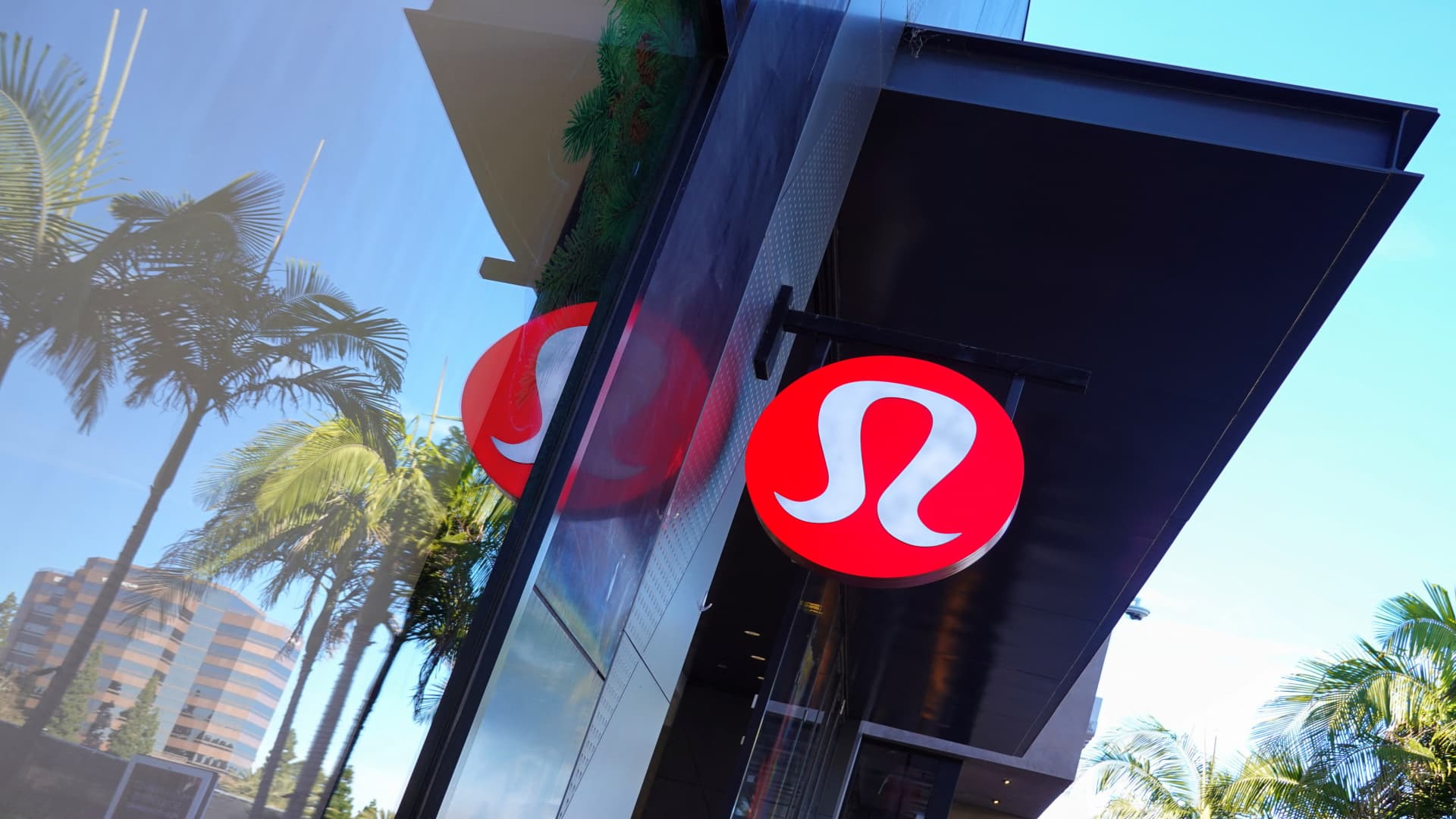In late October, we suggested that Lululemon (LULU) was a favorable alternative to Nike, given its low valuation and better revenue trajectory. Since that time, Lulu has materially outperformed. We have a new way to play the stock from here. Sine that initial call, Lulu shares gained about 7% through last Friday, versus a 4% total return of the S & P 500 and flat performance for Nike. A common mistake investors make is taking profits too early, ignoring the old investment adage “let your winners run.” Still, as Lulu’s quarterly earnings report approaches Wednesday after the bell, investors may be concerned that the stock could give back its recent outperformance. The good news: Some of the bull thesis we outlined five weeks ago remains true today. At 21.7 times forward earnings estimates, Lulu is cheaper than several athletic apparel competitors, such as Nike (26.1x), Under Armour (26.8x), Adidas (30.6x), and VF Corp (25.5x), as well as the consumer discretionary index (~29x) and the S & P 500 (25.5x). The Bad News: Observed Q3 sales compiled from a sample of credit and debit card purchases are underperforming the consensus estimates for the period. On the chart below, see the year-on-year sales growth (declines) from the observed sample in blue versus the estimates in red. Conclusion: In fairness, the observed data for the entire group is poor, and Lulu’s numbers are generally better than its competitors. Slowing growth rates or weakness in consumer discretionary spending shouldn’t surprise us as most data, including consumer debt and delinquency rates, suggest that many consumers are stretched even before the heavy spending typical during the holiday season. Lulu’s more affluent demographic may account for the observed relative outperformance to the group. While sell-side analysts’ estimates have probably averaged about 50bps too high relative to the observed data, it is common for that data to trail slightly. Still, I am concerned that sales may have fallen in the second half of the quarter relative to the same period a year earlier. There’s a big difference between a company growing less quickly and shrinking. Right now, the options market implies a about a $30 move in the stock price, higher or lower, by the end of this week. Rather than continuing to hold the stock, an investor looking for slightly less risk could use a stock substitution strategy through earnings. The trade: Stock substitution strategy A stock substitution strategy is an investment approach that uses options instead of directly holding shares of a stock. This strategy allows investors to gain exposure to a stock’s potential price movement while committing less capital than buying the stock outright. For example, instead of purchasing shares of a stock, an investor could buy call options (or other option combinations) on the stock. There are a couple of benefits. Depending on the structure chosen, an options position could have several benefits. An options structure could cost significantly less than the stock itself, allowing investors to control the same number of shares for a fraction of the price. An options structure can also reduce the maximum potential loss if the underlying stock’s price falls significantly. For example, a trader could purchase a call spread such as the weekly $320/$350 call spread , purchasing the 320 calls, and selling the 350s against it. This would capture the $30 implied move to the upside for a cost of just over $10, as follows. Buy LULU Dec. 6 $320 call Sell LULU Dec. 6 $350 call Of course, there are some potential tradeoffs. Options have “decay” or “theta”; they lose value as they approach expiration and may consequently lose most or all of their value if the stock doesn’t move in the expected direction by at least as much as the premium paid. In this case LULU shares would need to rise at least $10 by week’s end, just to break even, but it would pay 2:1 in the even the shares rise by the implied move to the upside, or to $350/share following earnings. For those willing to take on a bit more risk, spreading the call spread into a “diagonal call spread risk-reversal” would mitigate the “theta” or decay but add the risk of being “put the stock” (compelled to purchase the shares) at a slight discount to the current stock price, approximately where the shares were trading back on October 24th when we last published about the stock as it happens, one may see an example of this structure here … Sell LULU Dec. 6 $290 put Buy LULU Jan 3 $320 call Sell LULU Dec. 13 $350 call DISCLOSURES: (None) All opinions expressed by the CNBC Pro contributors are solely their opinions and do not reflect the opinions of CNBC, NBC UNIVERSAL, their parent company or affiliates, and may have been previously disseminated by them on television, radio, internet or another medium. THE ABOVE CONTENT IS SUBJECT TO OUR TERMS AND CONDITIONS AND PRIVACY POLICY . THIS CONTENT IS PROVIDED FOR INFORMATIONAL PURPOSES ONLY AND DOES NOT CONSITUTE FINANCIAL, INVESTMENT, TAX OR LEGAL ADVICE OR A RECOMMENDATION TO BUY ANY SECURITY OR OTHER FINANCIAL ASSET. THE CONTENT IS GENERAL IN NATURE AND DOES NOT REFLECT ANY INDIVIDUAL’S UNIQUE PERSONAL CIRCUMSTANCES. THE ABOVE CONTENT MIGHT NOT BE SUITABLE FOR YOUR PARTICULAR CIRCUMSTANCES. BEFORE MAKING ANY FINANCIAL DECISIONS, YOU SHOULD STRONGLY CONSIDER SEEKING ADVICE FROM YOUR OWN FINANCIAL OR INVESTMENT ADVISOR. Click here for the full disclaimer.

Playing Lululemon ahead of earnings with a stock substitution options strategy